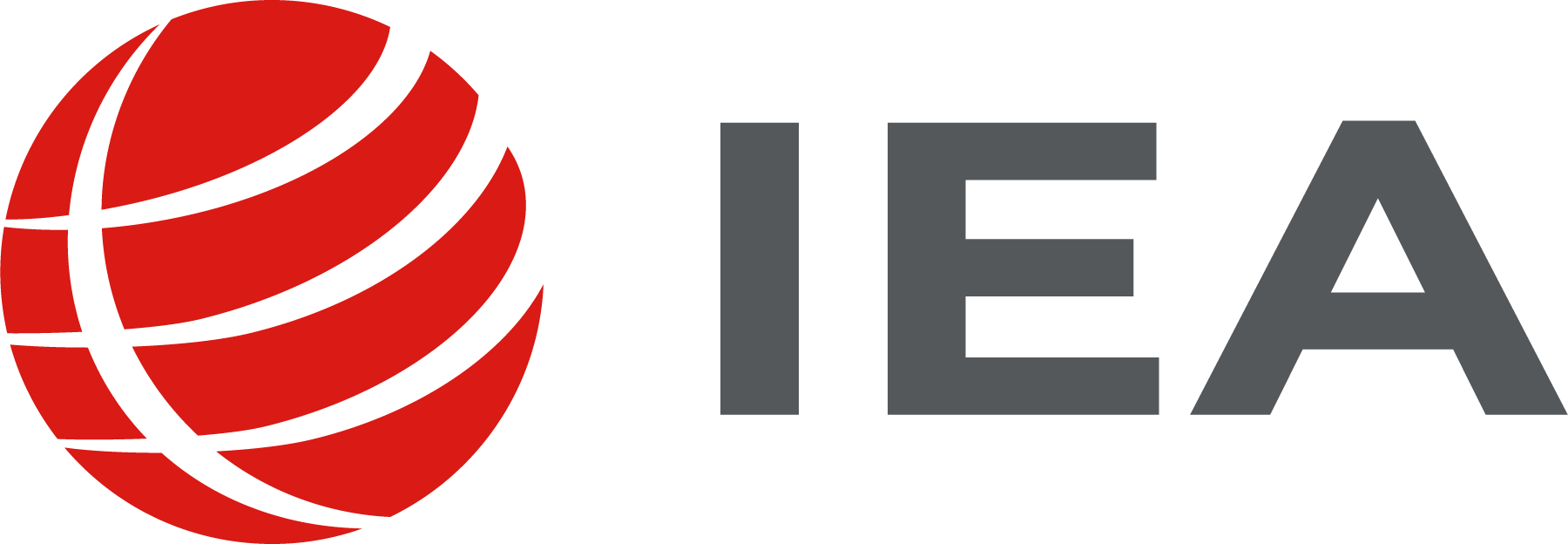ICILS 2018 directly linked to the previous, 2013 cycle, allowing countries that participated in both assessments to monitor changes over time in their students' computer and information literacy achievement and its teaching and learning contexts. For first-time participants, ICILS shed light on the contexts and outcomes of ICT-related education programs, and the role of schools and teachers in supporting students’ computer and information literacy achievement.
ICILS 2018 also reported on the computational thinking domain, understood as the process of working out exactly how computers can help us solve problems. This domain included not only programming but also structuring and manipulating data sets.
The Australian Council for Educational Research (ACER) in Melbourne served as the international study center for ICILS, working in close cooperation with the IEA, and the national centers of participating educational systems.
Total number of entities that participated in ICILS 2018: 13
Chile; Denmark; Finland; France; Germany; Italy; Kazakhstan; Korea Rep. of; Luxembourg; Portugal; Russian Federation (Moscow); Uruguay; and United States.
Benchmarking entities are listed in brackets.
Young people do not develop sophisticated digital skills just by growing up using digital devices
- 18% of students who took part in the study failed to reach even the lowest level of the CIL scale, which required them to demonstrate a functional working knowledge of computers as tools.
- In all, 25% students achieved the lowest CIL level.
- 21% of students reached the two higher levels on the CIL scale, showing that they had the capacity to work independently when using computers as information gathering and management tools.
- Just 2% of students taking part in the study reached the highest level of CIL ability, showing they could execute control and evaluative judgement when searching for information online and creating informative displays.
Providing students or teachers with ICT equipment alone is not enough to improve their digital skills
- Students need to be taught how to use computers effectively and teachers need support in their use of ICT in teaching.
- Most students attend schools with access to word processing, presentation, video/photo and graphics/drawing software.
- However, despite this level of resourcing, on average, there was a larger proportion of students scoring below level 2 on the CIL scale than above.
There is a digital divide associated with the socioeconomic status of students
On average, students from higher socioeconomic backgrounds (measured by parental occupation, parental education, and number of books in the home) had significantly higher CIL scores.
The differences in students’ CIL scores within countries are larger than the differences between countries
The difference between the highest and lowest average CIL scores across countries was 157 scale points. Within countries, the gap separating the average CIL scores of the top and bottom 5% of students ranged from 216 (Denmark) to 347 scale points (Kazakhstan).
